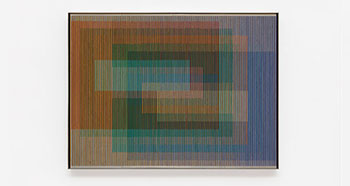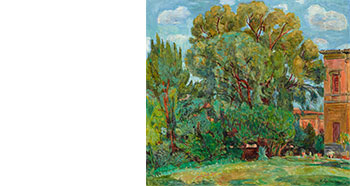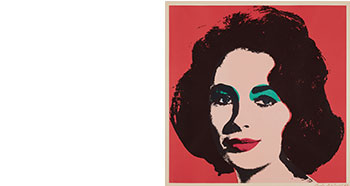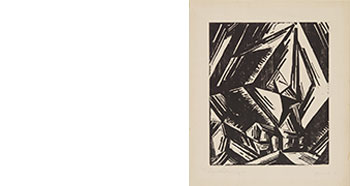Concept Art
Conceptual art recognises the artist’s actual and notable achievement in the idea, the initial spark inherent in every artwork. It is not the created or complete work that takes centre stage, but its elaboration and development – that is, the concept of the artist who takes their audience with them on the creative journey.
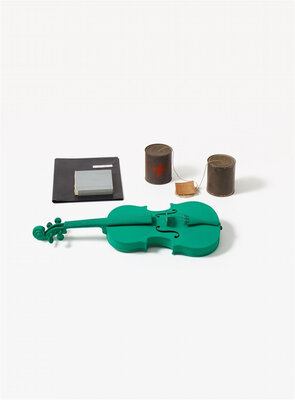
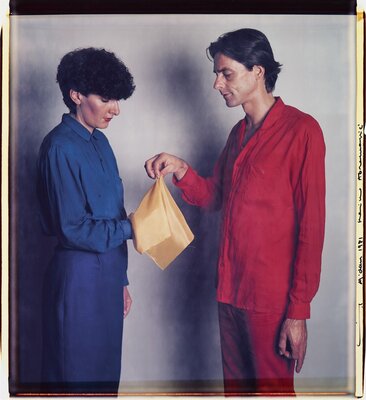

Concept Art - Table of contents
- What is Conceptual Art? – Definition and characteristics
- Origin and History of Conceptual Art
- Well-known Artists and Works of Conceptual Art
- Criticism and Controversy of Conceptual Art
- Representatives of Conceptual Art at Lempertz
- Upcoming Auctions - Concept Art
- Our passed Concept Art-Auctions
- Concept Art prices
- Sell Concept Art - Object evaluation & Consignment
What is Conceptual Art? – Definition and characteristics
Conceptual Art cannot be explained in just one sentence: The journey is the goal, the idea is more important than its realisation. Conceptual artists do not wish to fob off their audience with the result of their creative process, but confront them with their ‘biography’. The artwork is looked at under its skin, the workshop is moved to the museum, the studio becomes a gallery, and the viewer becomes the artist.
One of the most important characteristics of Conceptual Art is the lack of tangibility: Neither the gaze of the human eye nor the grip of the human hand are capable of fully grasping works of Conceptual Art. Conceptual Art is not limited to the one object that can be displayed and viewed. It encompasses a process that itself becomes art and must not necessarily culminate in an object, an equation in which the result remains open, or is left to the audience to solve.
Conceptual Art can therefore also just be a simple collection of written instructions that can be followed and implemented by anyone interested. In doing so, the established criteria for evaluating an artwork such as aesthetics and skill lose their defining character, the talent of the individual plays a subordinate role when it comes to following the creative impulse of the artist.
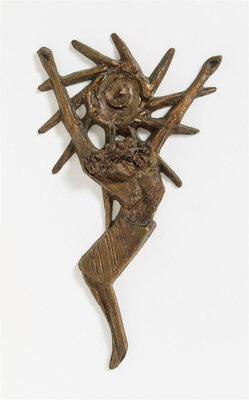

Origin and History of Conceptual Art
Although the exact definition of Conceptual Art is sometimes seen as difficult, its genesis within art history is a logical step: After the Russian avant-garde artist Kasimir Malewitsch (1879-1953) freed fine art from the constraint of representation with his famous Black Square, and Marcel Duchamp (1887-1968) expanded the concept of art beyond the original new creation to include all that exists, all that remained was the creative process itself – the last undiscovered land of art, the exploration of which the artists shared with their audience.
The authoritative theoreticians of Conceptual Art are considered the US American artist Sol LeWitt (1928-2007) and Joseph Kosuth (born 1945). With his groundbreaking essay Paragraphs on Conceptual Art, LeWitt in particular made a decisive contribution to the development of the term and the discipline. Conceptual Art was a notional art for LeWitt, in which it was not the optical perception of an artwork that was decisive but the intellectual penetration and comprehension of the underlying concept.
The American artist and philosopher Henry Flynt (born 1940) already spoke of concept art in 1961. However, Flynt is not considered a representative of Conceptual Art in the canonical sense accepted today; concept art and conceptual art are not to be equated.
The roots of Conceptual Art could be followed back to the Renaissance: Ingenious masters such as Michelangelo (1475-1564) intentionally left some of their works incomplete to give room to the audience’s imagination; they called this principle Non-finito, one which was repeatedly taken up through art history by, for example, Auguste Rodin (1840-1917) and Jakob Probst (1880-1966).
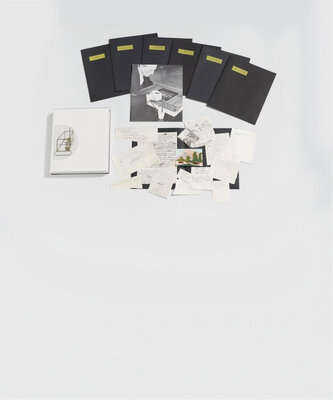
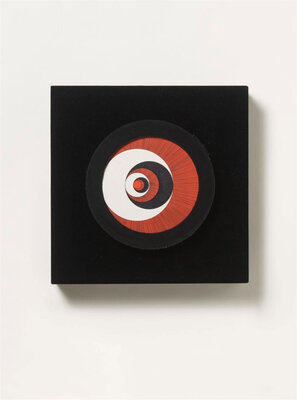
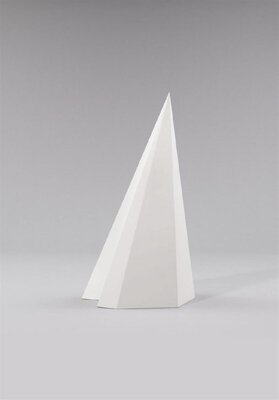
Well-known Artists and Works of Conceptual Art
One of the key works of Conceptual Art was created by Joseph Kosuth in 1965 with the title One and Three Chairs. The work comprised a chair, a photograph of it, and a cut-out from a dictionary of the definition of the term ‘chair’. The photograph would be taken afresh for each new exhibition so that it showed the actual location each time – the artwork thus fitted to its environment and was constantly recreated or at least changed in interaction with it.
Sol LeWitt, influenced by Bauhaus, De Stijl and Constructivism, was categorised to Minimal Art due to his highly reduced language and strict logic. He had a decisive influence on Conceptual Art for many years through his entire artistic creativity which often comprised cage-like grid constructions, and is considered its actual founder alongside Kosuth.
In 1966, Mel Bochner (born 1940) held an exhibition in the gallery of the School of Visual Arts in New York with the programmatic title Working Drawings and Other Visible Things on Paper Not Necessarily Meant To Be Viewed as Art. This is generally considered the first Conceptual Art exhibition.
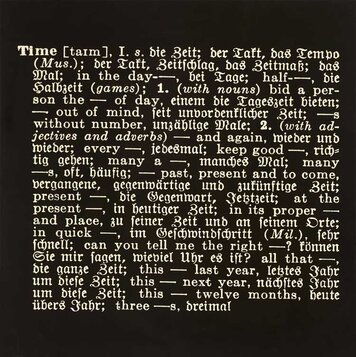

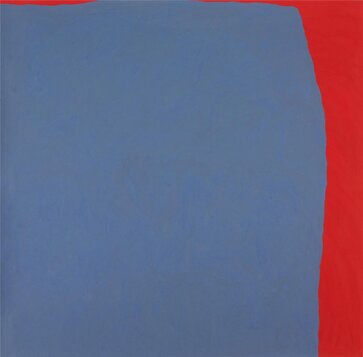
Criticism and Controversy of Conceptual Art
From the beginning, the ideas of Conceptual Art met with a mixed response from the art world and the public. Many art lovers did not want to accept this type of art and its presentation.
For the artists, questions were the focus of their art, not answers. The question of the meaning of art, its context, its nature. Provocation was a deliberate element.
Some conceptual artists also questioned the art industry as a whole and blatantly criticised museums and galleries and their determining influence on the way art was seen and presented.
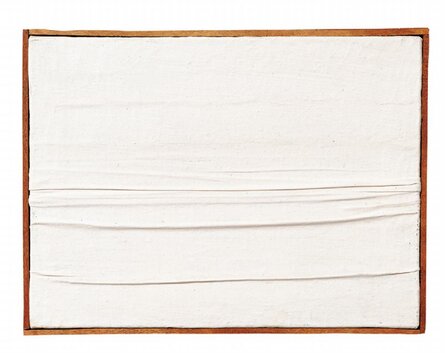
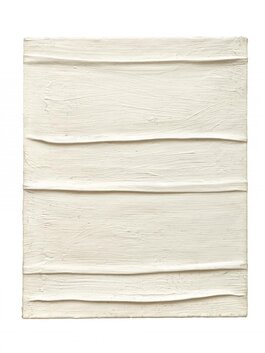
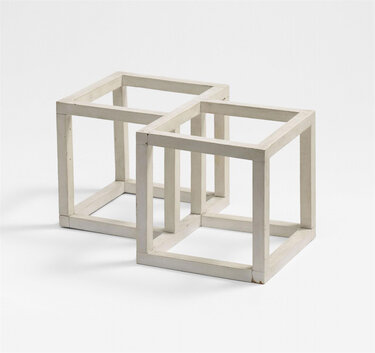
Representatives of Conceptual Art at Lempertz
Important conceptual artists are often seen at auction at Lempertz and attract much interest. The challenge that Conceptual Art can never be fully grasped and communicated remains both a hurdle and an allure.
The French conceptual artist Sophie Calle (born 1953) discovered the artistic concept of voyeurism, with which she targets herself as well as others. Her celebrated series Les Autobiographies comprises intimate testimonies from the artist’s life; the two-part photo work La Rivale shows the love letter to a strange woman that Calle rededicated to herself. The work is estimated at 14,000 to 18,000 euro.
The American media and conceptual artist John Baldessari (1931-2020) took the search for consummate art so seriously, that he threw earlier works which did not meet his requirements into the fire. He has been represented at Lempertz many times with one of several successful sales in the form of his colour screenprint Noses & Ears, Etc.: Face with Nose and (Green) Ear, which clearly surpassed its estimate of 4000 euro to sell for 6552 euro.
The US American artist Jenny Holzer (born 1950) has impressively demonstrated that writing is an important element of Conceptual Art with numerous installations in public spaces. Many works by the globally celebrated conceptual artist were auctioned at Lempertz, including the aluminium cast From the Survival Series: With all the holes in you, already…, which went far beyond its estimate of 3000 euro to reach 8060 euro.
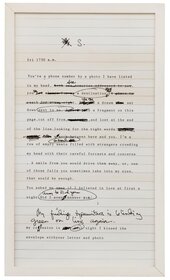
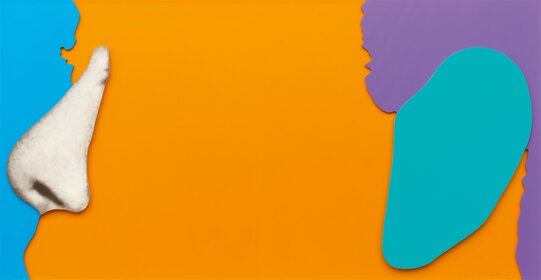
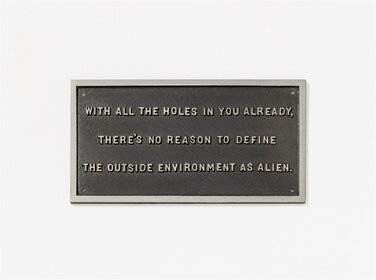
Upcoming Auctions - Concept Art
Auction
Preview
2 – 3 May
Berlin
23 May Vernissage
24 – 25 May
Brussels
23 – 28 April
Cologne
29 May – 3 June
Catalogue
Coming soon...
Auction
Preview
2 – 3 May
Berlin
23 May Vernissage
24 – 25 May
Brussels
23 – 28 April
Cologne
29 May – 3 June
Catalogue
Coming soon...
Auction
Preview
2 – 3 May
Berlin
23 May Vernissage
24 – 25 May
Brussels
23 – 28 April
Cologne
29 May – 3 June
Catalogue
Coming soon...
Auction
Preview
2 – 3 May
Berlin
23 May Vernissage
24 – 25 May
Brussels
23 – 28 April
Cologne
29 May – 3 June
Catalogue
Coming soon...
Auction
During this time you can bid on the lots of the auction online.
Register now to participate in the auction! Please note that a separate registration is required for our online auctions.
Please also note that due to the new Money Laundering Act, we are obliged to carry out an identity check on our customers. You can easily and securely upload the necessary documents on our website. You will find the corresponding link on the right.
Preview
Catalogue
Coming soon...
Our passed Concept Art-Auctions
Concept Art prices
A few examples of Concept Art prices auctioned in Lempertz auctions:
| Concept Art | Auction - Lot Nr. | Object | Price |
|---|---|---|---|
| Concept Art | Auction 1177 - Lot 11 | Yves Klein - Sculpture éponge bleue sans titre, (SE 328) | 1.220.000 € |
| Concept Art | Auction 1111 - Lot 617 | Piero Manzoni - Achrome | 844.000 € |
| Concept Art | Auction 1144 - Lot 611 | Joseph Beuys - Sonnenkreuz | 396.800 € |
| Concept Art | Auction 942 - Lot 316 | Joseph Beuys - Sonnenkreuz | 288.000 € |
| Concept Art | Auction 876 - Lot 303 | Piero Manzoni - Achrome | 138.040 € |
| Concept Art | Auction 1071 - Lot 637 | Sol LeWitt - Untitled (Irregular Form) | 74.400 € |
| Concept Art | Auction 1187 - Lot 11 | Joseph Kosuth - Art As Idea As Idea | 62.500 € |
| Concept Art | Auction 1163 - Lot 344 | Marcel Duchamp - Prière de toucher - Le surréalisme en 1947 | 25.000 € |
| Concept Art | Auction 1135 - Lot 625 | Marina Abramovic - Woman massaging Breast II (aus der Serie: Balkan Erotic Epic) | 24.800 € |
| Concept Art | Auction 972 - Lot 106 | Marcel Duchamp - Rotoreliefs (Optical Disks) | 19.800 € |
| Concept Art | Auction 1052 - Lot 757 | Sophie Calle - Mappenwerk - BAM Photography Portfolio III | 9.300 € |
| Concept Art | Auction 1091 - Lot 735 | Jenny Holzer - From the Survival Series: With all the holes in you already, ... | 8.060 € |
Concept Art Art - Object evaluation & Consignment
Do you own a work by a Concept Art artist and would like to sell it?
Have your work of art valued without obligation and free of charge.
Our experts will contact you with their assessment of your works/works of art as soon as possible.

